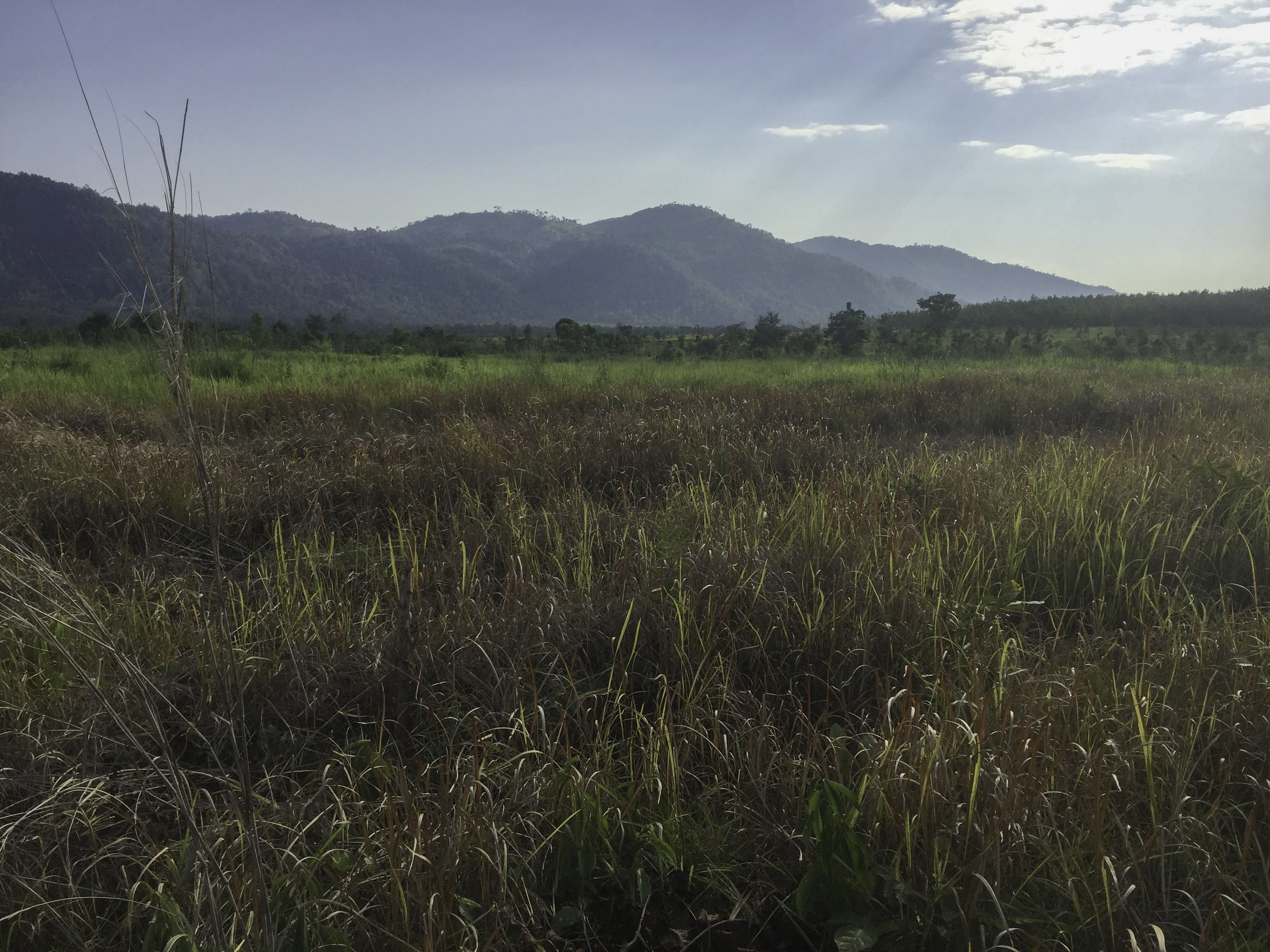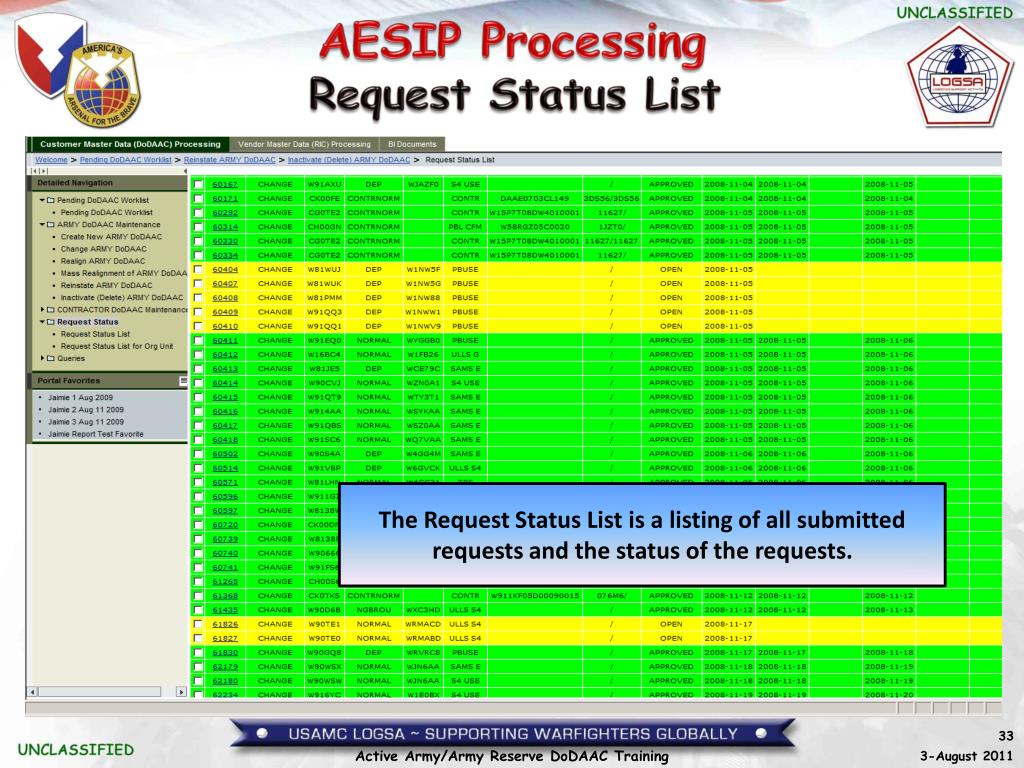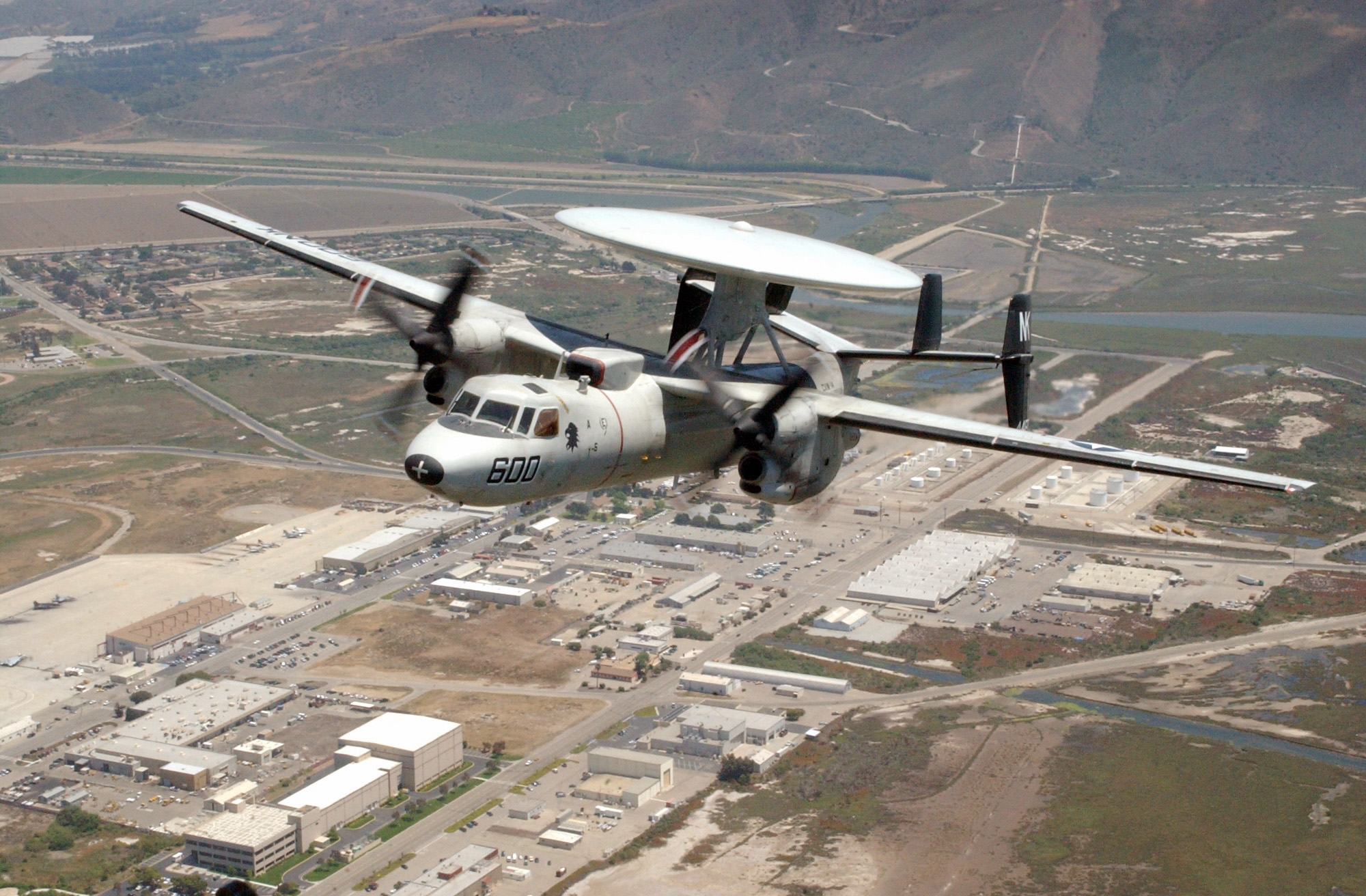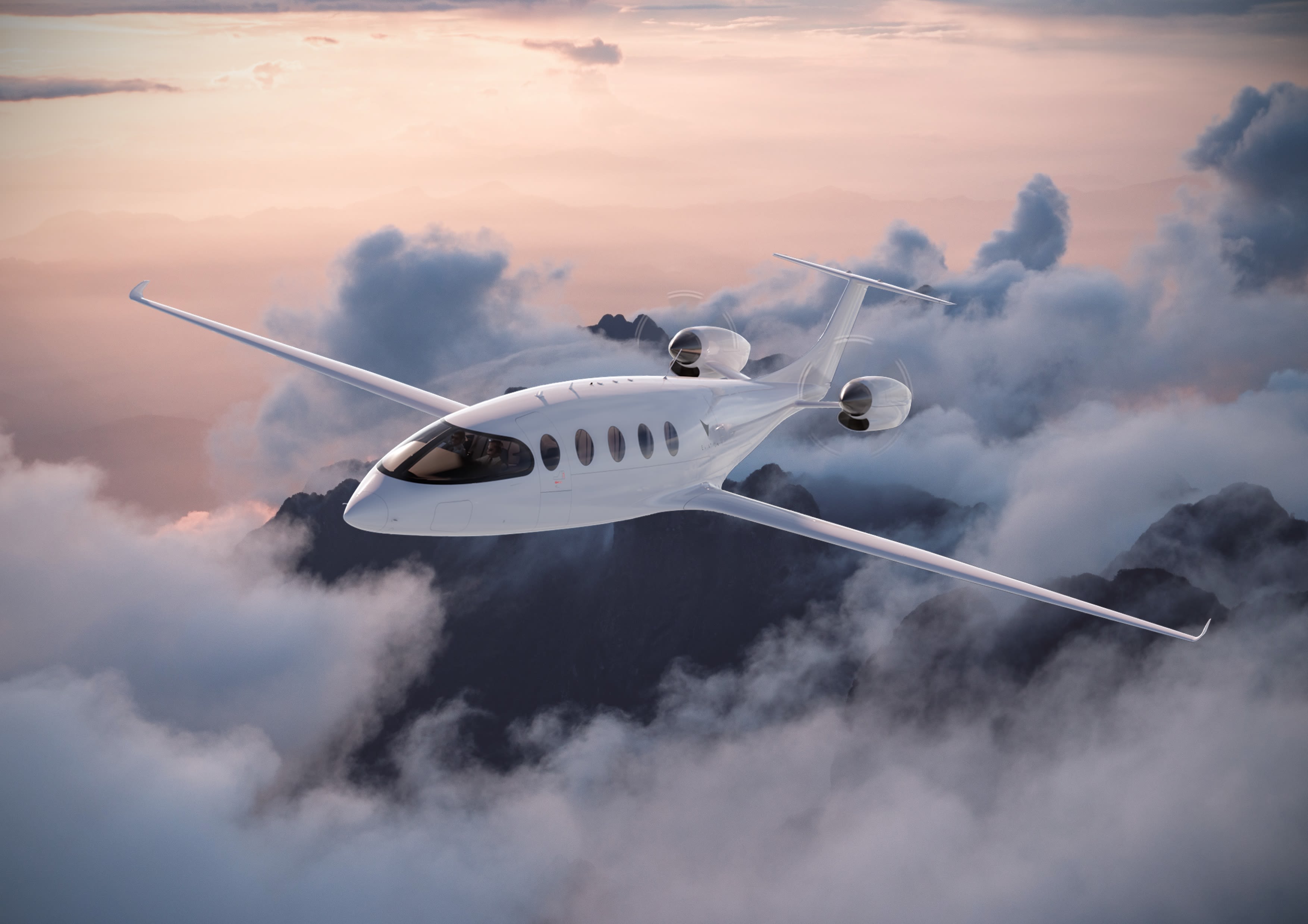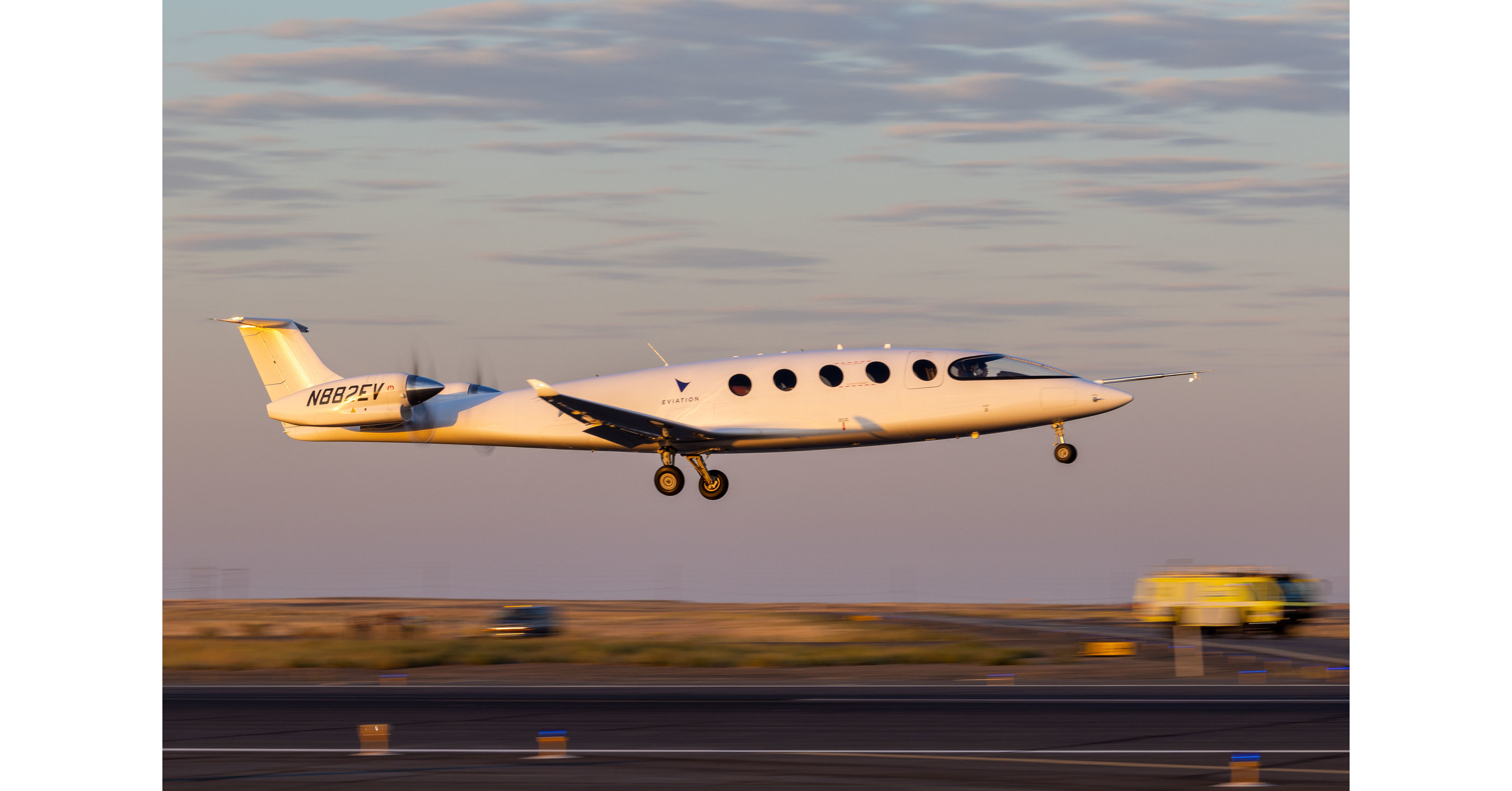List Of Cessna Aircraft - The Cessna 162 Skycatcher is an American strut, twin-seat, tricycle transmission, high-wing light sport aircraft (LSA) designed and manufactured by Cessna between December 2009 and December 2013. The intended market was flight training and personal use.
At one point, 1,200 Skycatchers were ordered, but the aircraft did not meet customer demand and only 192 aircraft were sold before production ceased in 2013. As of December 2016, the remaining 80 unsold aircraft were scrapped and used for parts.
List Of Cessna Aircraft

On June 6, 2006, Cessna announced that it would study the feasibility of developing and manufacturing the LSA.
Cessna Citation: The True Cost Of Aircraft Ownership
The concept design was presented on July 24, 2006 at EAA AirVture Oshkosh in a commercial study on the feasibility of producing an aircraft such as the Cessna LSA (also called the Cessna Sport) that would qualify for the US Federal Aviation Administration's new Light Sport Aircraft category. .
In the year On October 13, 2006, nine months into the program, the concept prototype aircraft, registration N158CS, made its first flight at McConnell Air Force Base for Wichita's Mid-Continent Airport, reaching a speed of 110 knots (200 km/h). /H) Cessna officially launched the Skycatcher program on July 10, 2007, followed by a press conference at EAA AirVture Oshkosh on July 22, 2007.
The company has conducted aircraft testing beyond ASTM standards for light sport aircraft, including vibration testing of the aircraft and a full airframe fatigue testing program on production aircraft. In July 2009, Cessna announced that the 162 had completed flight testing to ASTM standards.
In the year As of November 24, 2007, Cessna had 850 firm orders and by the end of 2008, the company had confirmed more than 1,000 orders.
Aircraft Configurator List
In July 2009, orders were still reported as "over 1,000". John Doman, vice president of propeller plane sales at Cessna, said sales activity was slow because customers didn't want to wait four years for a delivery date.
In December 2009, the company delivered its first product, the Skycatcher, to its first customer, Rose Pelton, wife of Cessna CEO Jack Pelton. The company In 2010, the production volume was expected to be 300-400 per year, but in 2010 only 30 aircraft were delivered.
In the year In late 2013, "hordes" of site owners canceled their orders due to price increases and the design not living up to expectations.
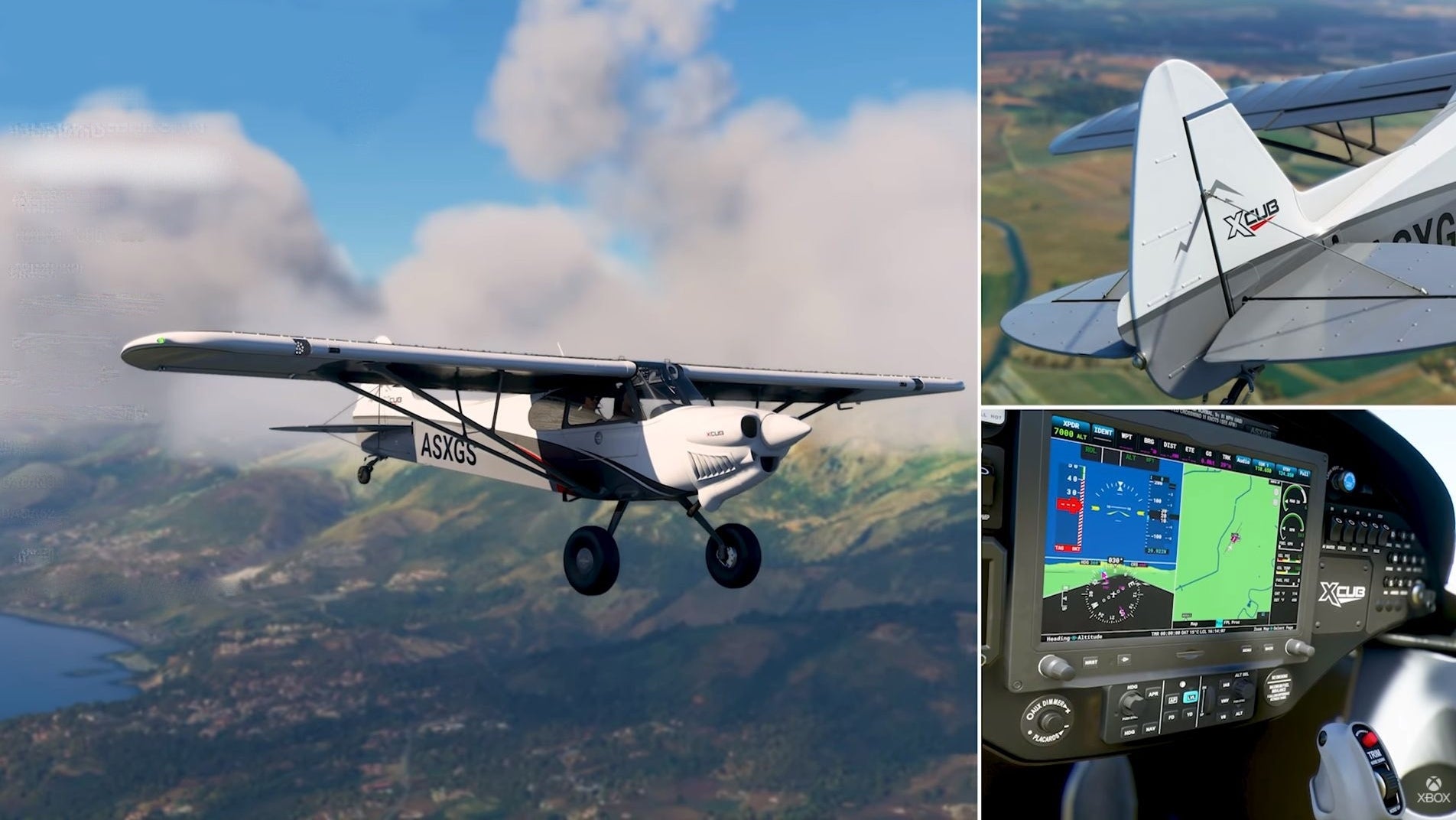
In October 2013, Cessna CEO Scott Ernst said at the National Business Aviation Association convention that the Cessna 162 "does not have a future." Jody Noah, Cessna's vice president of piston aircraft, said the plane did not perform as well as expected.
Approved Aircraft List Expanded For Autopilots
Sales ceased in February 2014. In December 2016, the remaining 80 unsold 162s were cancelled. These were used to provide parts to operate the fleet.
Analyzing the upcoming Skycatcher product, AVweb's Paul Bertorelli points out that the reasons for Ding's product are high cost, poor payload and poor flight performance compared to competitors in the LSA market.
In the year In a February 2017 review of the aircraft's history, AVweb writer Geoff Rapoport attributed the aircraft's failure to excessive empty weight, poor construction and a lack of cockpit space for tall pilots. He explained: “Skycatcher can't compete because it's not properly designed as an LSA. It's a scaled-down Cessna 152, which is a scaled-down Cessna 172, which is a scaled-down 747. I hope I haven't blown anyone's bubble by suggesting that Cessna is not a modern innovator in light aircraft design. That the Skycatcher was a bad plane.
On November 27, 2007, Cessna announced that the Cessna 162 would be manufactured in the People's Republic of China by the Aviation Industry Corporation of China, a consortium of Chinese state-owned aircraft manufacturers, Xiang Aircraft Corporation.
Aircraft Registration, Sales, And Accident History For Zs Ilm
Cessna reports that it has saved $71,000 in manufacturing costs per plane by manufacturing the aircraft in China. A second reason for moving production to Shanghai Aircraft Corporation was that Cessna did not have the manufacturing capacity in America at the time.
The decision to manufacture the aircraft in China was controversial, and Cessna received a lot of negative feedback from Cessna 162 customers and clients.
The first production Cessna 162 made its first flight on September 17, 2009 at Xiangyang Airport, China. Deliveries to customers began in December 2009.
Cessna President and CEO Jack Pelton initially indicated that Cessna was targeting a price of less than $100,000 for the aircraft, which Pelton said would be challenging. At that price, Pelton predicted Cessna could sell 600 planes a year.
Compeu 00 00
According to the July 22, 2007 announcement, these price targets may not be met. The first 1000 aircraft ordered were sold for US$109,500. In 2008, the price increased to $111,500 and in 2010 to $112,250.
In November 2011, the company announced that the price had increased to $149,000. The price increase is partly due to the standard inclusion of optional features, including a multi-function display, intercom and sun visor. Approximately $20,000 of the increase was used to improve corporate earnings for the aircraft. Russ Niles, writing for AVweb, said, "The new price puts the Skycatcher at the top end of the market for LSAs."
The 30 percent price increase has attracted the attention of the aviation media. Writing for AVweb, Paul Bertorelli concluded: “There's only one thing that puzzles me about this decision. Cessna is the only LSA manufacturer with well-established manufacturing in China. Because it is made in China, the idea of cheap airplanes may be a myth that many people believe.
The price increase to $149,000 put the design above the competition and contractually allowed buyers who had placed a deposit on the Cessna 162 to cancel their order and receive a refund.
Stevens Expands Gulfstream Support
In April 2012, delays in obtaining EASA certification forced the company to return deposits to several customers in Europe. The 162 needed both type certification and product certification to sell in Europe, and at the time they didn't have either.
In the year In July 2012, the company announced that the design would be removed from the US light sport category and moved into the mainstream aircraft category. The first level approval included type and production certificates and allowed the aircraft to be sold in Europe once the certificate was approved.
The design of the Cessna 162 was significantly improved from the original prototype, including the wing layout and tail configuration. A high-wing monoplane has a fixed tricycle undercarriage with a rear nose wheel. The wingspan is 9.14 meters (30 feet) and the interior width of the house is 1.12 meters (44 inches) at shoulder height. The doors differ from previous two-seat Cessna models in that they swing open. The controls are unusual for a Cessna in that they have one-handed grips instead of the usual two-handed panel-mounted control knobs.
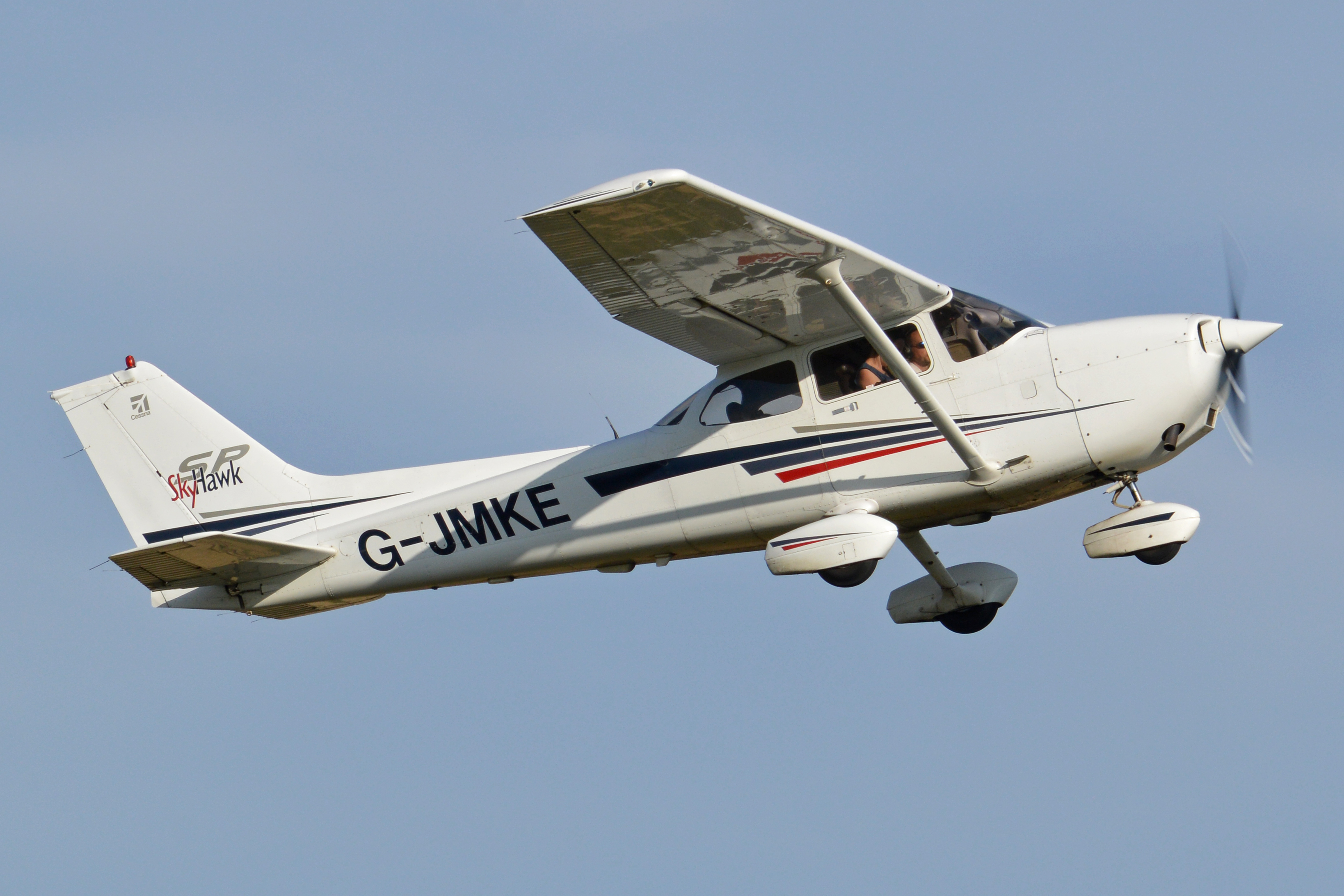
The aircraft structure is mostly aluminum with fiberglass fairing. Cessna's LSA project leader, Neal Wilford, said in August 2006 that Cessna is investigating the use of "match hole drilling" to reduce costs and simplify design construction. This method is commonly used in the kit aircraft industry and in building larger aircraft, but Cessna is using it for the first time in its single gene line. On October 9, 2007, Cessna announced that the Ballistic Recovery Systems ballistic parachute system would be a factory-installed option on the Cessna 162.
List Of General Aviation Activities
The first test aircraft flown with a 100 hp (75 kW) Rotax 912S engine, the production Cessna 162 was powered by an air-cooled, carbureted, direct-drive Continental O-200-D engine, producing 100 horsepower (75 kW) at 2,800 rpm. and installed a two-blade, fixed-pitch hybrid propeller. With the O-200D Gine, the Skycatcher can cruise at up to 118 knots (136 mph/219 km/h) at a maximum range of 470 nautical miles (870 km) for a total weight of 1,320 pounds (599 kg). .
Production aircraft with Garmin G300 EFIS installed, Garmin SL40 communication radio, GTX327 transponder and 121.5 MHz ELT. Flight information is presented on the G300 via a combination of a primary flight display and a split multifunction display. If a second screen is installed, the information is also displayed on two full-screen displays, which are optional extras. Autopilot and an audio panel were also options.
The Cessna 162 has a maximum gross takeoff weight of 1,320 pounds (599 kg) and a standard empty weight of 834 pounds (378 kg). With a full fuel load of 65 kg (144 lb), the remaining payload for crew and baggage is 155 kg (342 lb). The standard curb weight does not include fire extinguisher, ELT, hubcaps, gine primer, waste fuel and many other items that are normally included. A typical early production aircraft had an armed weight of 865 pounds (392 kg), with a full fuel load of 311 pounds (141 kg).
On September 18, 2008, a Cessna 162 prototype, registration N162XP, crashed near the tree line.
Airfoillabs Reveals Release Date For C172 Ng
Aircraft appraisal online, free aircraft appraisal, aircraft appraisal services, aircraft appraisal cost, aircraft appraisal jobs, aircraft appraisal course, aircraft appraisal training, business appraisal, rolex appraisal, appraisal software, 409a appraisal, aircraft appraisal report
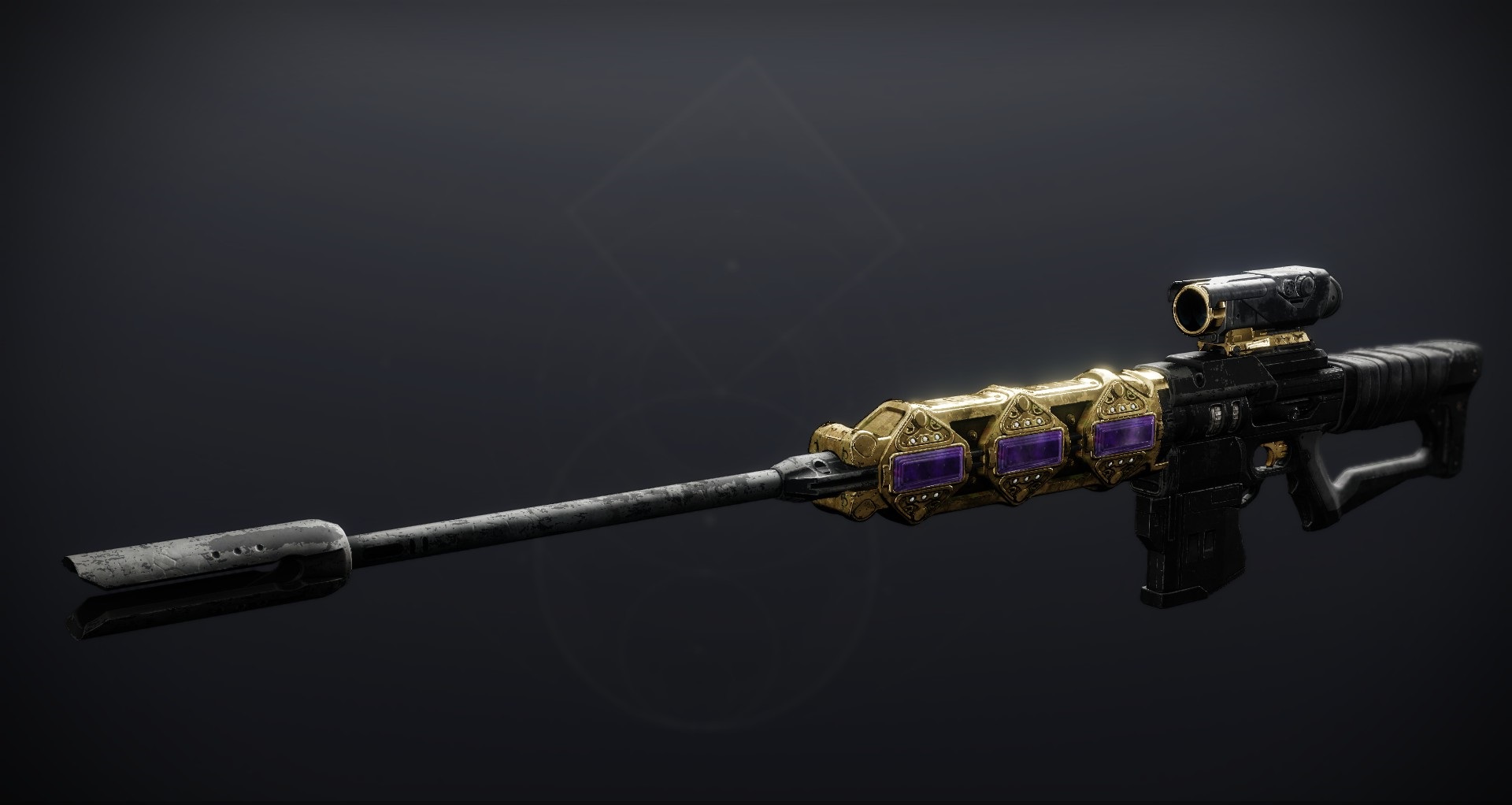
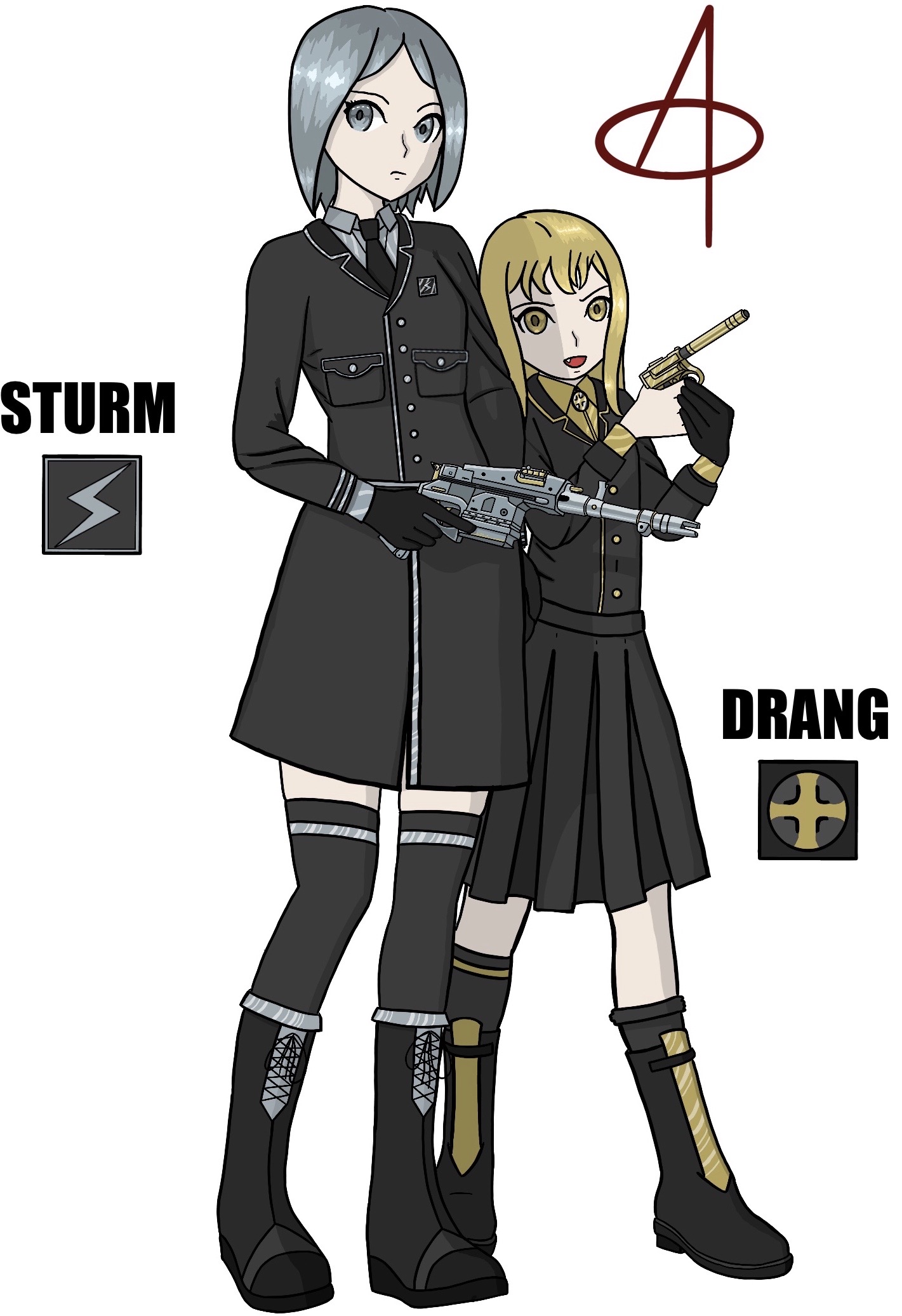
:no_upscale()/cdn.vox-cdn.com/uploads/chorus_asset/file/9300213/sturm_and_drang_0005_Layer_8.jpg)
